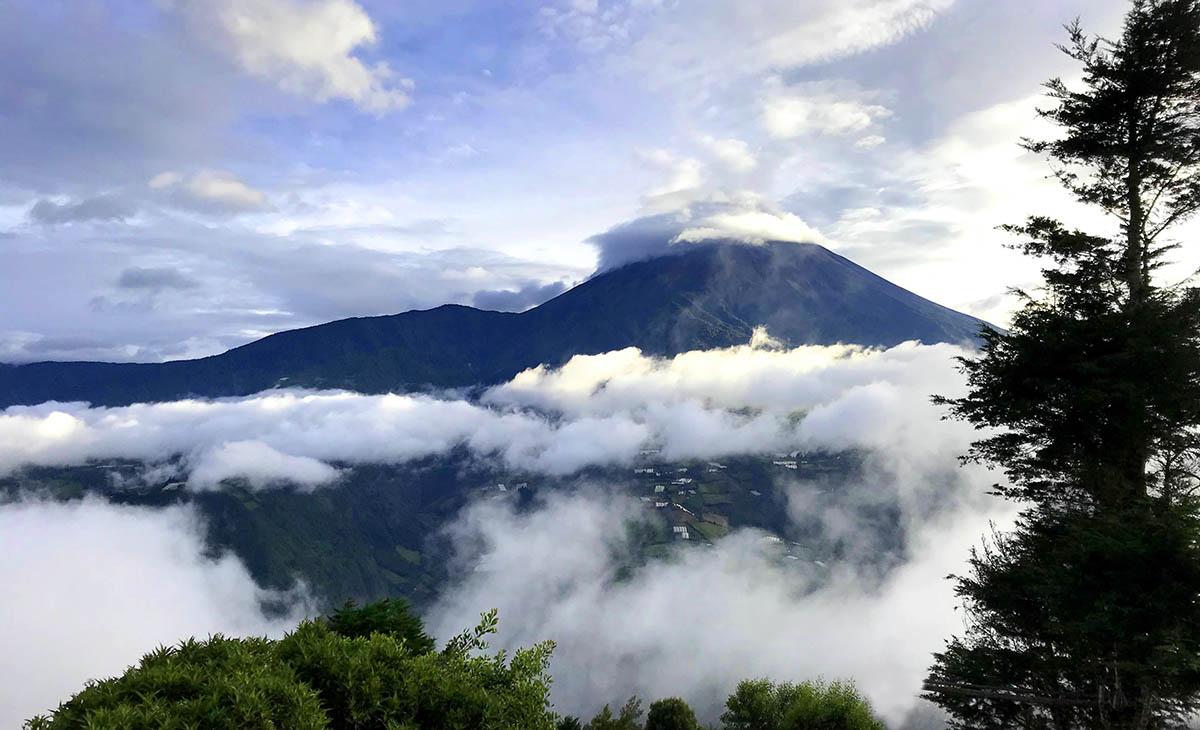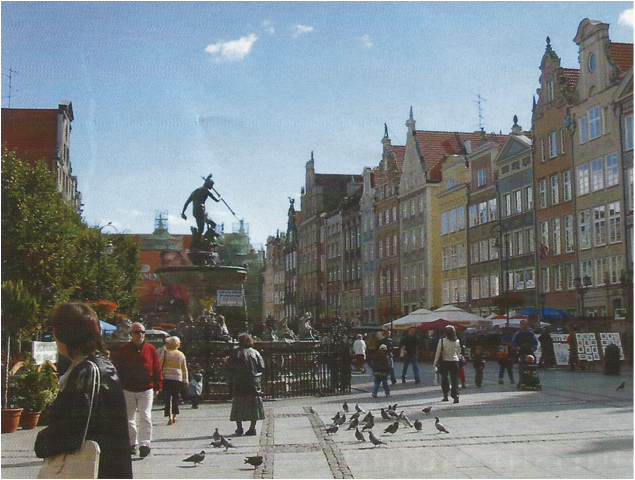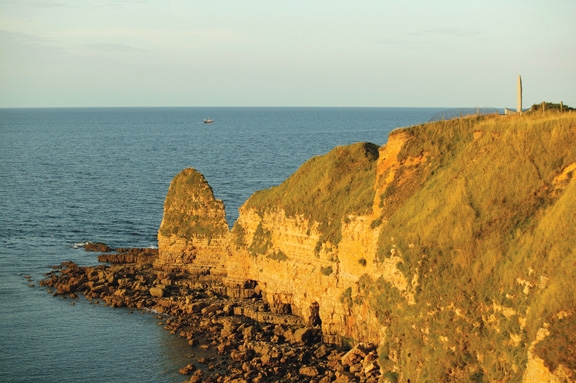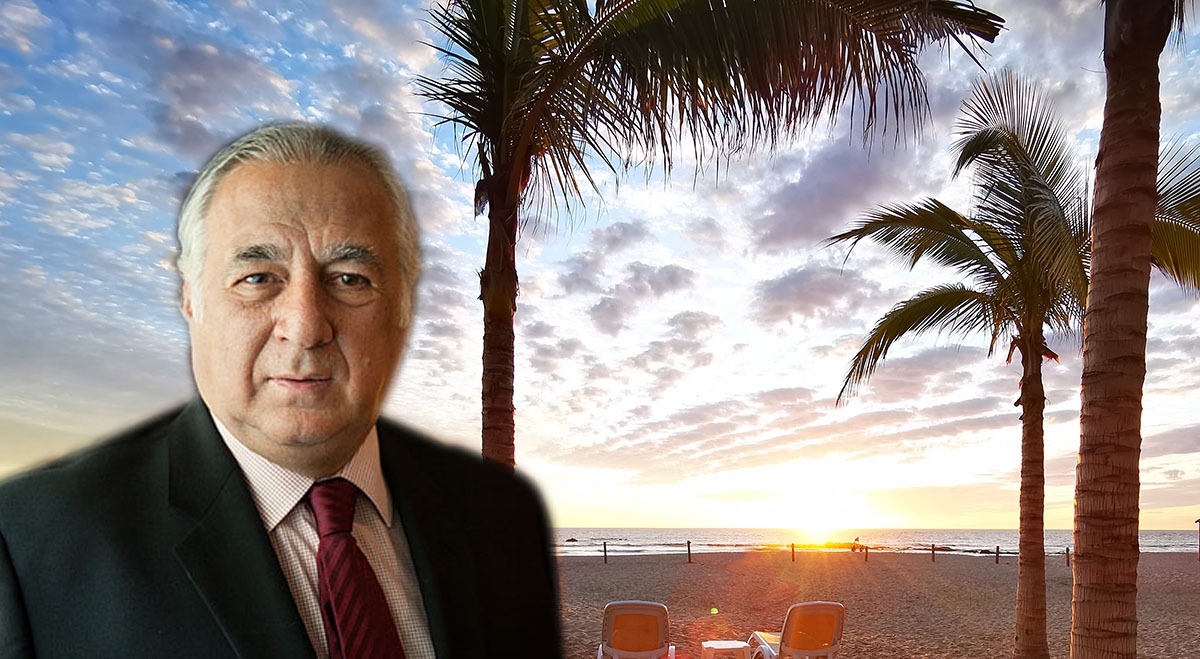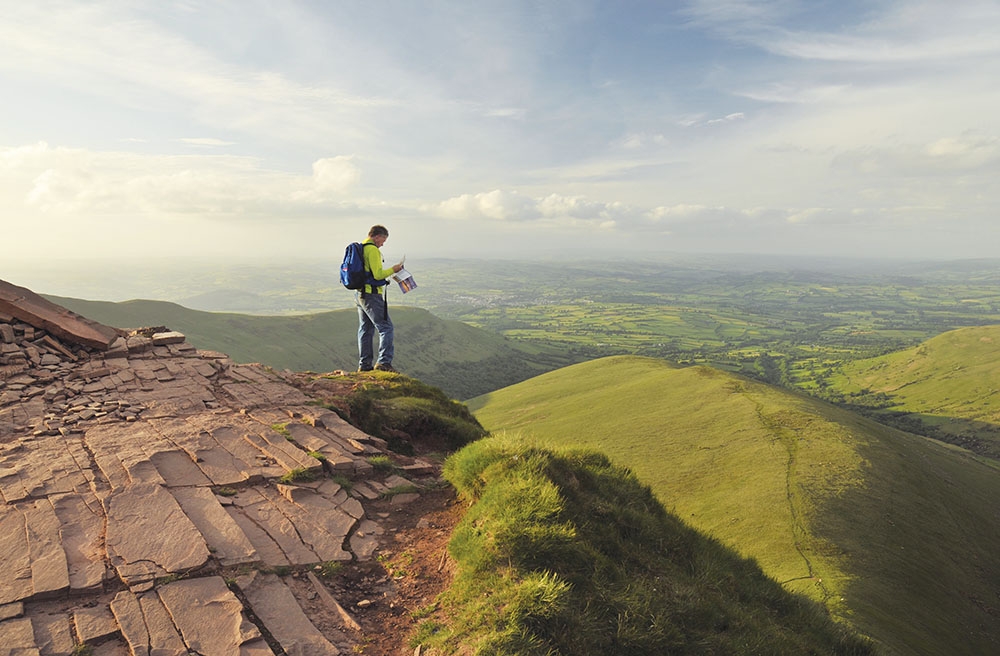
A Walk Through Wales
Above: Brecon Brecons National Park – photolibrary.com
The combination of rich history, ruggedly beautiful coastlines and rich landscapes dotted with sheep combine to make Wales an unforgettable escape. The Welsh are at the top of their game when it comes to hosting tourists and travellers alike. They are proud of their heritage and understand why after spending a week walking through the Welsh countryside visiting historic castles, monasteries, landmarks, small towns and coastal villages.

Wales was first settled between 600-100 BC. by the Celts, a nomadic warrior people whose origins can be traced around the coasts of Italy, Spain and Portugal. The Celts were sophisticated in the use of iron tools and early weaponry which they used to conquer and control lands. They had a strong religious streak led by priests (druids). In 43 AD, the Romans invaded Wales and established a network of forts to control the Celtic tribes. Often, towns grew up outside the forts as the soldiers provided a market for the townspeople’s goods. Many of these forts remain standing today. In the fourth century, when the Roman Empire went into decline, Wales split into separate kingdoms until the Normans established themselves in Britain following the Battle of Hastings, in 1066. At that time, when William the Conqueror became king of England he did not attempt to conquer Wales. Instead, he granted land along the English-Welsh border to powerful Norman lords. Skip ahead to 1283, Edward was now the ruler and English law was imposed. For the next several centuries, there would be a continuum of rebellions and battles between the Welsh and the English.
There are many unique cultural, historical and nature experiences to be found in Wales, especially in the countryside and in the small coastal villages. It is a short three hours to Wales from London, either by car or train. As you cross the river Severn from England and enter the Wye Valley, the landscape changes from being flat to mountainous and the language from unilingual English to bilingual Welsh. Commercial trips down the Wye in boats to local resorts started in 1760. Famous figures such as William Wordsworth, J.M.W. Turner and Admiral Nelson made the tour, which soon became de rigueur for English high society. A must stop is Tintern Abbey, one of the most spectacular ruins in all of England.
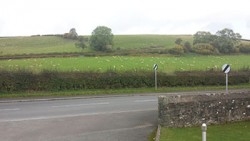
Brecon Beacons National is one of Wales’s three National Parks. This place is a hiker’s paradise with big skies, deep, wooded gorges, lakes, ravines and rivers that cut through limestone rocks with ease. There are lots of sheep that
speckle the rich green landscape like cottonballs.
The Bear Hotel in Crickhowell, in the heart of the park, is picture-book perfect and the ideal place to lay your head or have a great meal.
Wales has plenty of great places to eat. Gastronomes will delight at the range of superb Welsh eateries offering locally-sourced meats, seafood and other ingredients, alongside established restaurants offering international and fine cuisine. The Walnut Tree Inn on the outskirts of Abergavenny, located in Brecon Beacons, is a Michelinstar restaurant that was voted best restaurant in Wales at the National Restaurant Awards.
The last thing I ever expected to see in Wales was a winery. However, Welsh winemakers are gaining a reputation after winning several awards. Ancre Hill Estates makes phenomenal wines and garnered a gold medal at the 2013 China Wine & Spirits Awards for its 2009 sparkling rosé and a silver medal for its 2009 sparkling white.
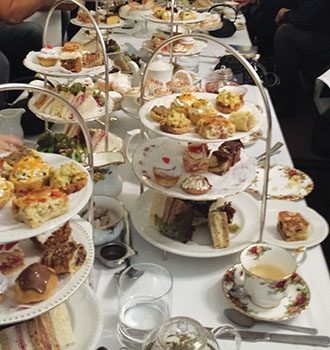
The town of Abergavenny proper is known for its annual food festival and local market. Afternoon tea at the Angel Hotel is a must. It’s a member of the prestigious UK Tea Guild and in 2011, won the Guild’s top national award (the Oscar of the tea world). Their teas are served with freshly prepared sandwiches, savouries, cakes and scones.
Get a taste of “Downton Abbey” at the Gliffaes Country House Hotel in Crickhowell. Retire to a grand private room with all the modern amenities or grab a glass of wine from the lounge and its impressive wine list. The hotel restaurant will not disappoint. The staff were attentive and polite and the very hospitable owner joined us for an after-dinner drink, sharing much of his knowledge and history of the area. Walk off your amazing meal through the wooded gardens and surrounding forest of this breathtaking property along the River Usk.
It’s worth the drive to Hay-on-Wye, a quirky town next to the Brecon Beacons that is famous for its book festival. Nearby you can enjoy a traditional British Sunday at the Felin Fach Griffin dining pub. Its menu includes Welsh beef, lamb and game from local estates and cheeses from world-renowned dairies.
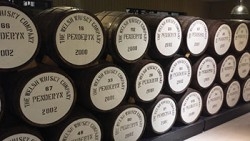
The Penderyn Whisky Distillery shows you the ancient art of distilling whisky and demonstrates the differences between the Welsh process and that which produces Scottish, Irish and American whiskies.
A nice lunch (and maybe a shot or two of whisky) certainly help if are going to make the trek up a challenging incline to Carreg Cennen Castle. It’s worth the hike to see the view of the valley below and the town of Llandovery. Overnight was comfortable at the Castle Hotel in Llandovery.
Spend a day in the beautiful coastal town of Cardigan. A highlight is visiting the restored Cardigan Castle, which played a vital role in Welsh history and was the site of the first National Eisteddfod, in 1176. An eisteddfod is a Welsh festival of literature, music and performance.

A chair at the Lord’s table was awarded to the best poet and musician, a tradition that prevails to this day. Stop for lunch at the Ferry Inn, a beautiful, historic pub and restaurant in the picturesque village of St. Dogmael. Take an afternoon stroll on Mwnt Beach in Ceredigion, voted one of Europe’s top ten loveliest hidden beaches.
Coastal villages which jut in and out of the cliffs are one of the most spectacular features of Wales. An overnight stay and dinner stay at the Harbourmaster in picturesque Aberaeron harbourside, was definitely a highlight of the trip. A fun touristy thing to do is to take a steam engine journey on the Great Little Train of Wales, which showcases the spectacular countryside as you climb up through Aberyswyth to Devil’s Bridge.

Mount Snowdon is Wales and England’s highest mountain at 1085m and it can be found in Snowdonia National Park. Its trails make the summit accessible to hikers of all abilities. The Park also contains rivers, lakes, waterfalls, forests, moorlands, glacial valleys, a stunning coastline and ancient burial chambers. There are Roman forts, world heritage-listed Norman and Welsh castles, steam railways and relics of the country’s mining heritage. Ynyshir Hall in Machynlleth is the park’s world-renowned AA Hotel and was recently awarded its first Michelin star. Snowdonia is also famous for the rather odd but entirely pleasant village of Portmeirion.
Portmeirion was the built over a 50-year period by Sir Clough Williams-Ellis, an architect who acquired the property in 1925 and spent the rest of his life building the village. It was known as ‘the Village’ in the 1960’s cult TV series The Prisoner and today serves as a big tourist attraction and site for weddings and conferences.

If you are an adventurous sort, you won’t want to miss the Zip World Titan in Blaenau Ffestiniog. The site includes a pair of a mile-long zip lines where riders can exceed 100mph at 500ft high. It’s got to be the nearest thing to flying. Exhilarating is an understatement.
After a week of hiking through the Welsh countryside and meandering through the rugged peaks of Snowdonia National Park, the spectacular terrain of the Brecon Beacons National Park and marveling at the endless beauty of the coastline, we ended up at St. George’s Hotel in the famous resort village of Llandudno. This hotel and town were an exceptional end to a wonderful walk through Wales.

